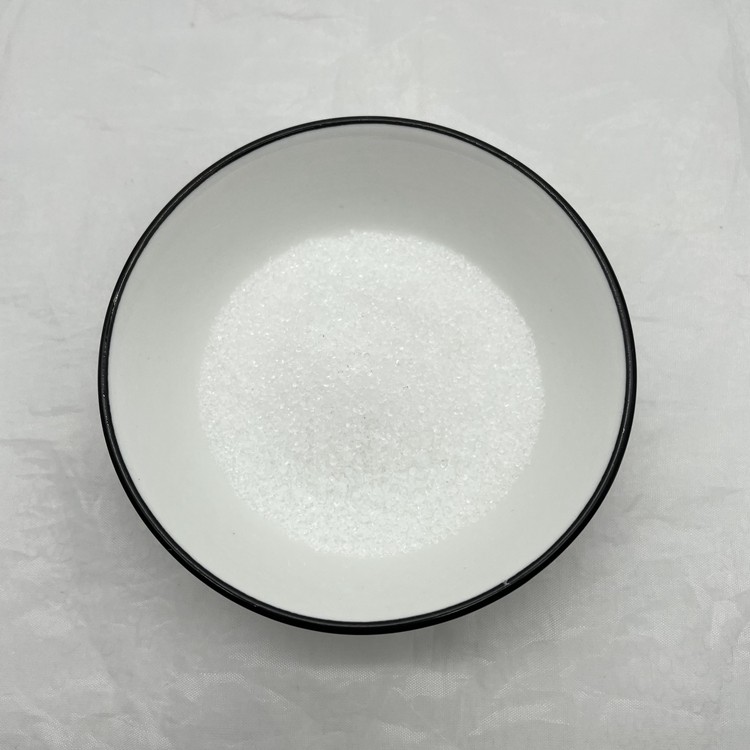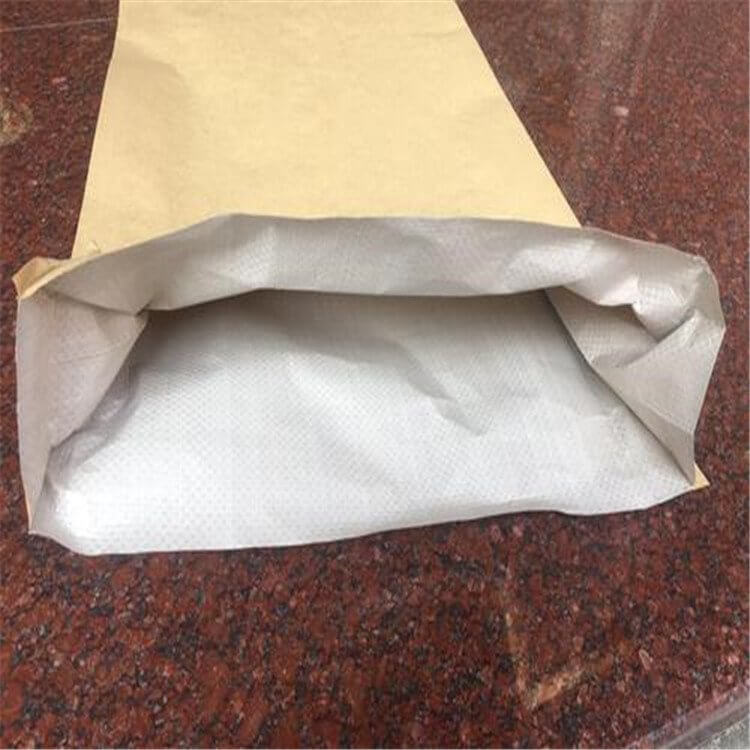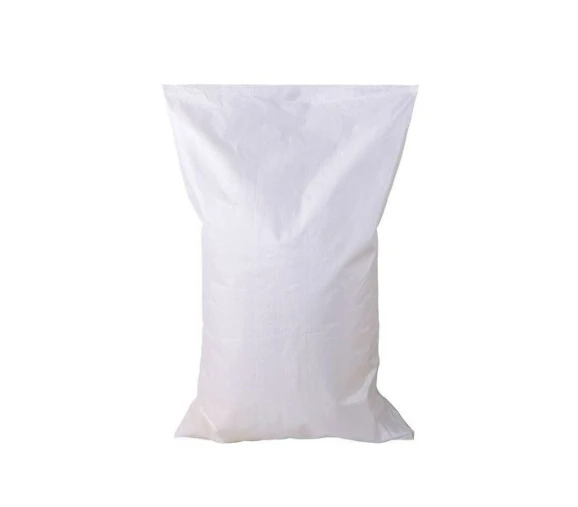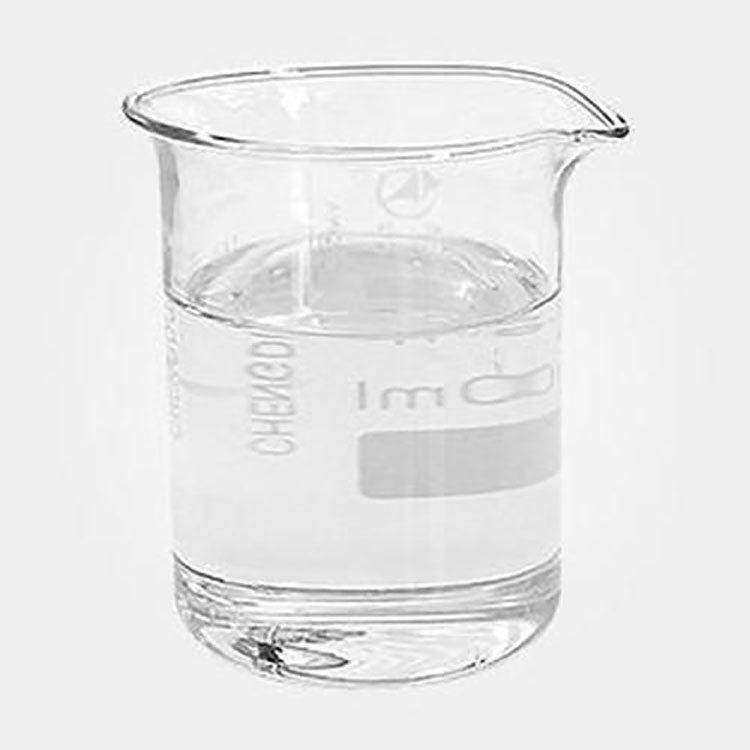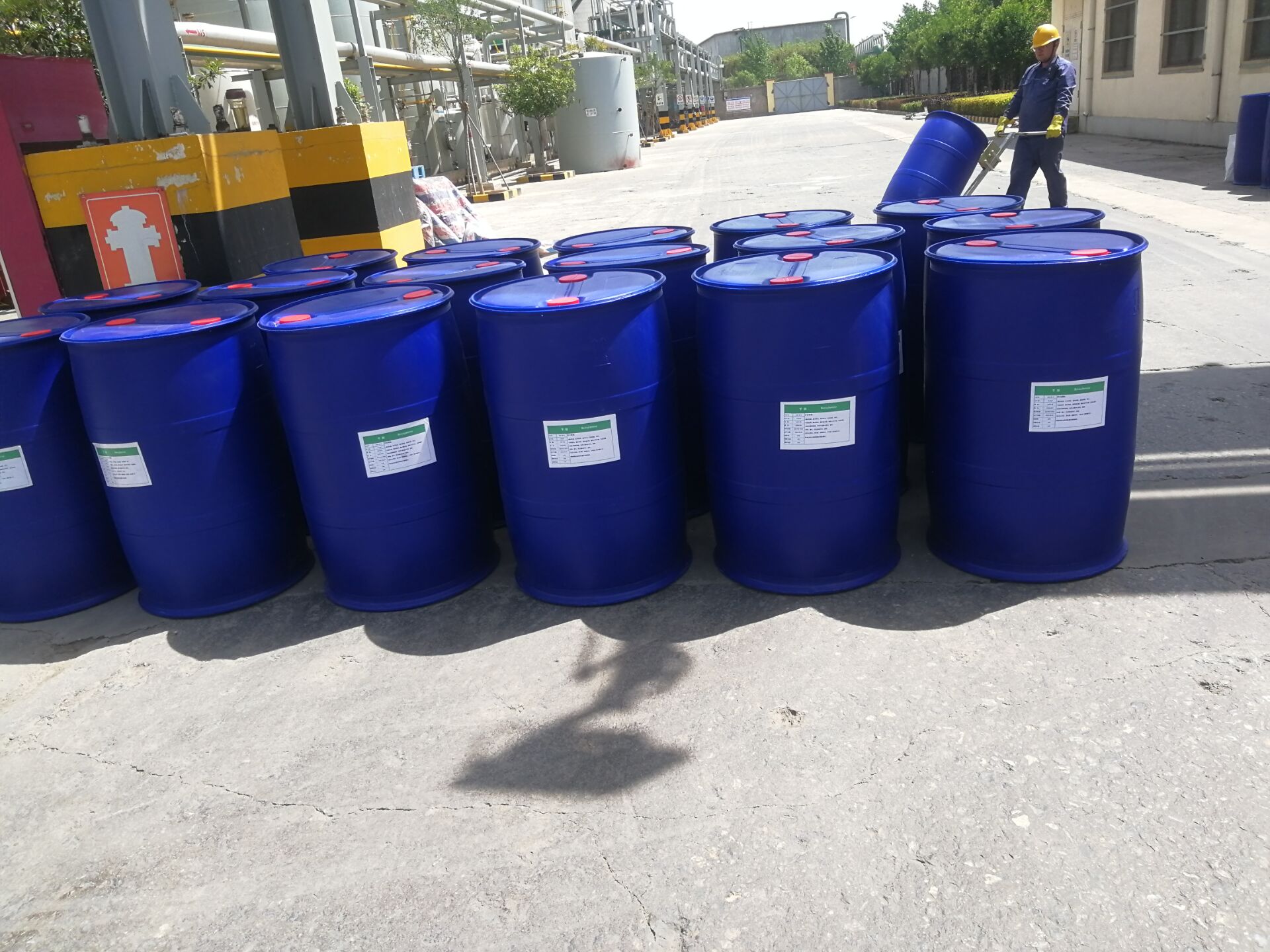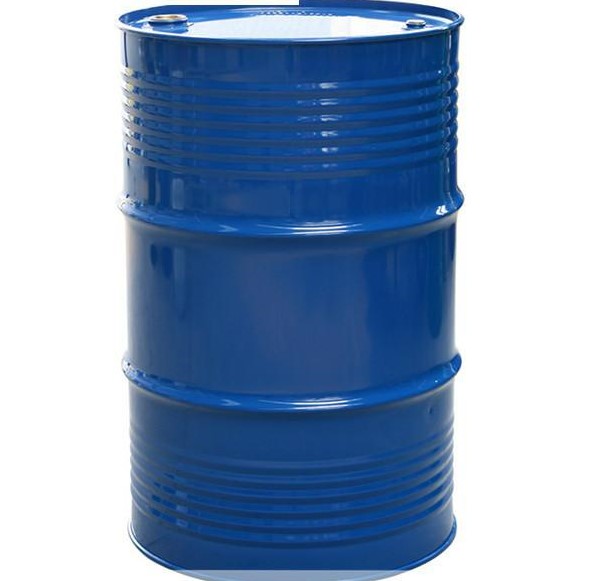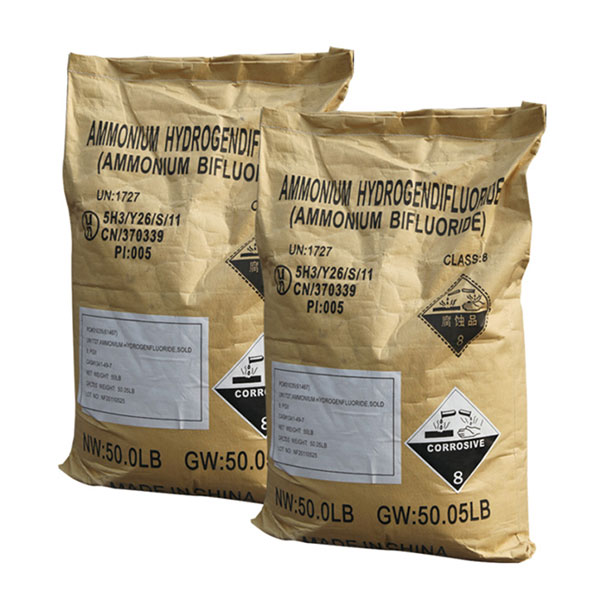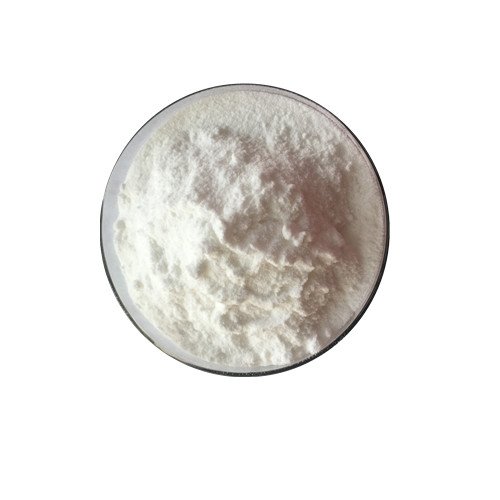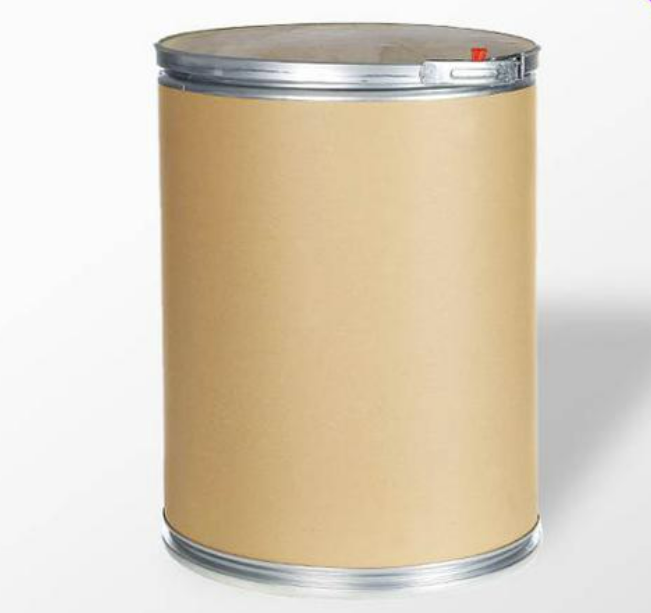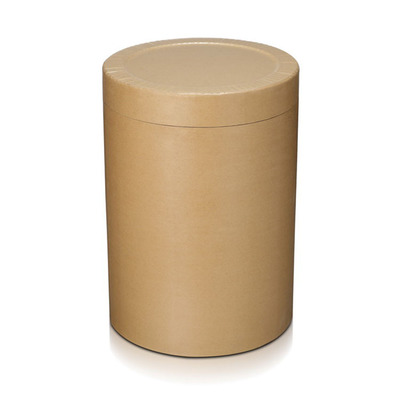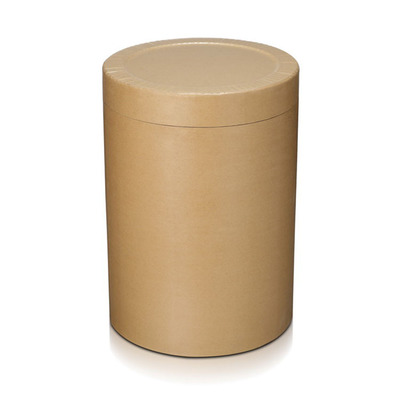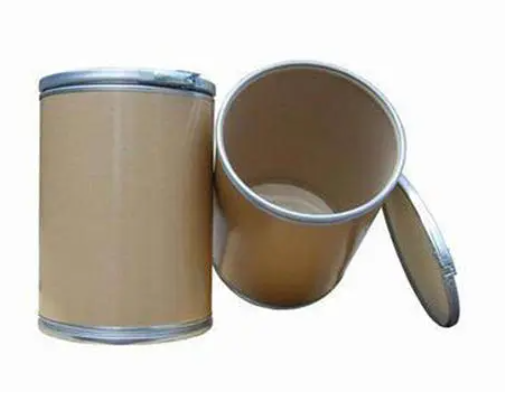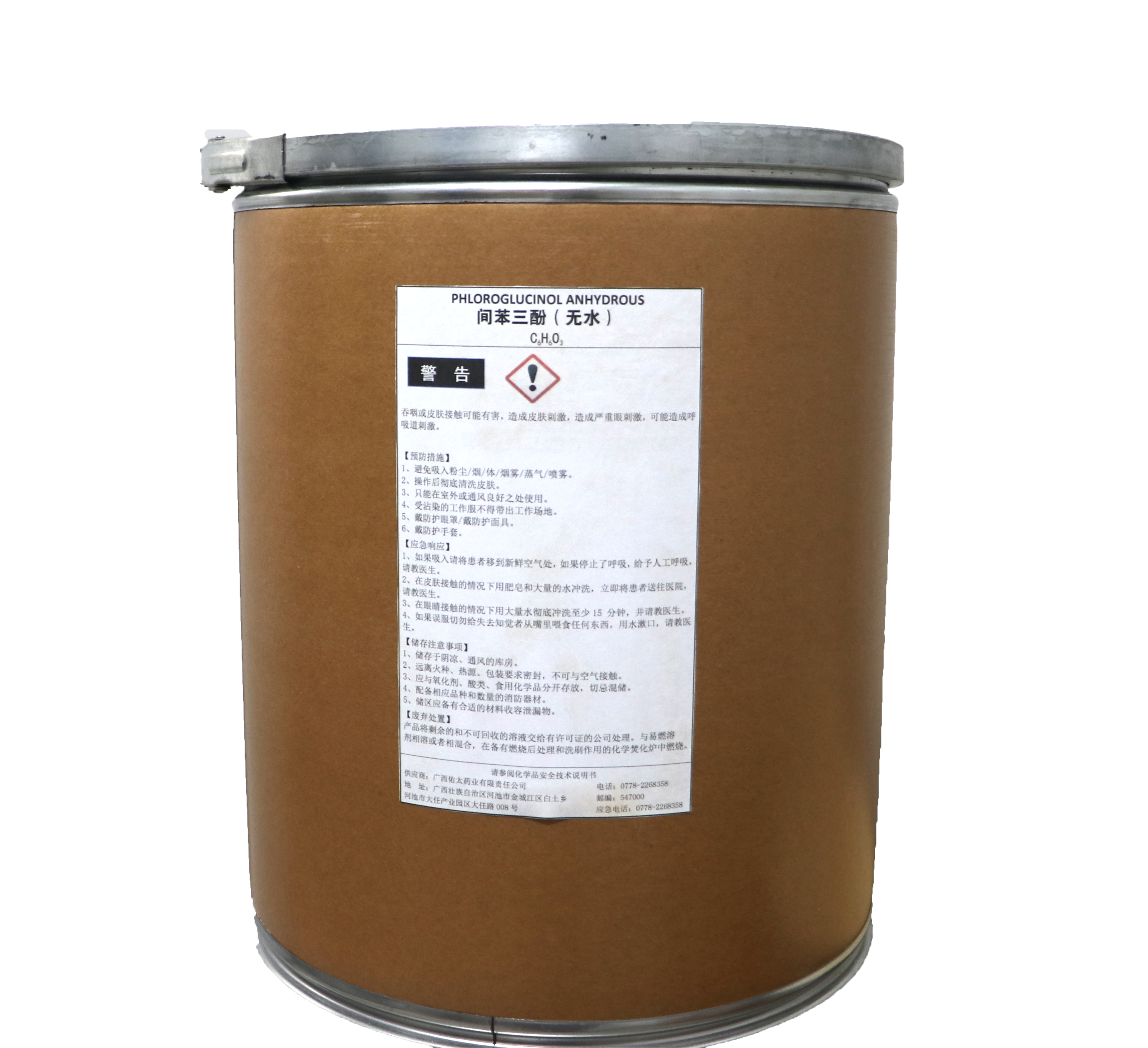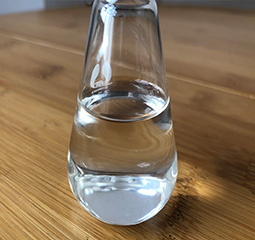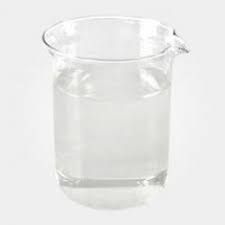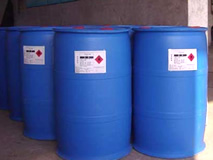API & Intermediate
Pharmaceutical Raw Materials
Veterinary API
Antiallergic Drugs
Hormones and Endocrine Drugs
Drug Metabolism
Pharmaceutical Intermediates
Synthetic Anti Infective Drugs
Specialty Drugs
Vitamins and Minerals Medicines
Feed Drug Additive
Antineoplastic Agents
Nervous System Drugs
Respiratory Drugs
Diagnostic Agents
Anti Stress Drugs
Antipyretic Analgesics
Antiparasitic Drugs
Circulatory System Drugs
Biochemicals
Blood System Drugs
Immune System Medication
Pharmaceutical Excipients
Fluid, Electrolyte, and Acid-Base Balance
Urinary System Drugs
Antibiotics
Anesthetic Agents
Inhibitors
Other Chemical Drugs
Digestive System Drugs
Find
3910
related chemicals for you
CAS:102-01-2
Molecular Formula:C10H11NO2
Alias
More Information
3-Oxo-N-Phenylbutanamide; Acetoacet Anilide; Alpha-Acetylacetanilide; 1-(N-Phenylcarbamyl)Propan-2-One; AAA; Aceto Acetanilide; N-Acetoacetanilide; 2-Acetyl-Acetanilide; N-(Acetylacetyl)Aniline
Brief Introduction
This product can be used as intermediate of pesticide, medicine and dyestuff.
Suppliers
View More Vendors (4) >
CAS:103-49-1
Molecular Formula:C14H15N
Alias
More Information
Bis-Benzylamine; Phch2Nhch2Ph; Accelerator Dba; Di-Benzylamine; DBZA; Bibenzylamine; Vulcaid 28; Forlabetalol; N-Benzylbenzylamine; Dibam; N,N-Dibenzylamine; Benzenemethanamine, N-(Phenylmethyl)-
Brief Introduction
Organic synthetic intermediate, which can be used to synthesize penicillin and rubber; The curing agent for plastic curing is mainly used to produce efficient and non-toxic curing accelerators tetrabenzyl thiuram disulfide (TBZTD) and zinc dibenzyl dithiocarbamate (ZBEC).
Suppliers
View More Vendors (4) >
CAS:107-91-5
Molecular Formula:C3H4N2O
Alias
More Information
Cyanoacetic Acid Amide; 3-Nitrilo-Propionamide; Nitrilomalonamide; Acetamide, 2-Cyano-; 2-Cyano-Acetamide; Cyanacetamide; Acetamide,2-Cyano; Malonamide Nitrile; 2-Cyanoacetoamide; Cyanoacetoamide; Malonamonitrile; 2-Cyanoacetamide; CAA
Brief Introduction
It is used for synthesizing malononitrile and electroplating solution, and also for the synthesis of drugs such as methotrexate and methotrexate.
Suppliers
View More Vendors (4) >
CAS:108-73-6
Molecular Formula:C6H6O3
Alias
More Information
Benzene-1,3,5-Triol; 1,3,5-Trihydroxybenzene; 1,3,5-Benzenetriol; Phloroglucin; Phloroglucine; Spasfon-Lyoc; s-Trihydroxybenzene; 5-Hydroxyresorcinol; Benzene-s-Triol; 3,5-Dihydroxyphenol; Benzene, Trihydroxy; sym-Trihydroxybenzene; 5-Oxyresorcinol; Dilospan S; Floroglucinol; Floroglucin; 5-Oxyresorcinolphloroglucin; 1,3,5-THB; 1,3,5-Trihydroxycyclohexatriene; 1,3,5-Triol
Brief Introduction
Phloroglucinol is an organic compound that is used in the synthesis of pharmaceuticals and explosives. It is a phenol derivative with antispasmodic properties that is used primarily as a laboratory reagent.
Suppliers
View More Vendors (4) >
CAS:108-90-7
Molecular Formula:C6H5Cl
Alias
More Information
Monochloro-Benzene; MCB; Chloracetic Anhydride; Acetic Acid,Chloro-,Anhydride; Chloroacetyl Anhydride; Chloro-Benzene; Monochloroacetic Acid Anhydride; Benzene Chloride; Chloroacetic Anhydride; 2-Chloroacetic Anhydride; Chloroacetic Acid Anhydride; Phenyl Chloride; Monochloroacetic Anhydride; Monochlorobenzene; _|_; Benzene Derivative
Brief Introduction
It is used as an intermediate and solvent in dyestuff, medicine, pesticide and organic synthesis.
Suppliers
View More Vendors (4) >
Inquiry (
10
/ 10
)
Clear All
You can inquire for up to 10 products at a time
Sign In
Error!

